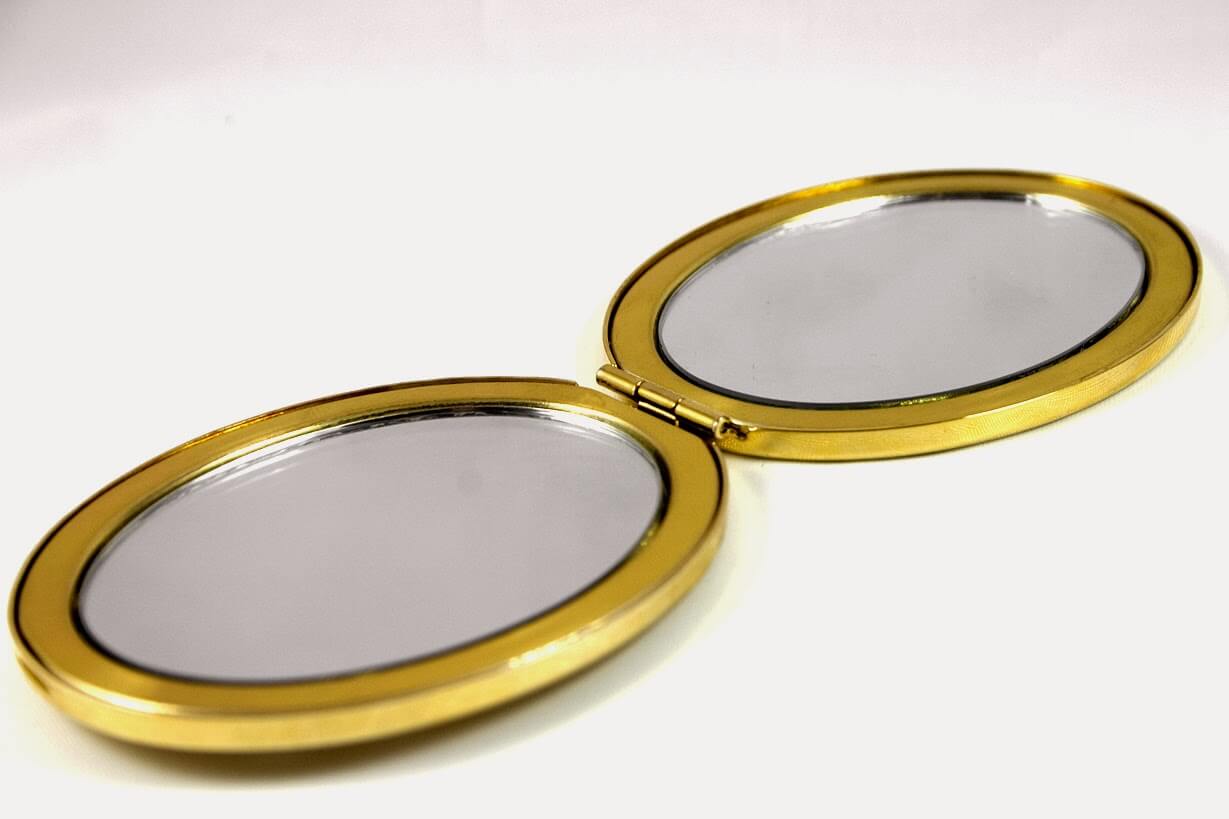“Mirror, mirror on the wall, whose the fairest of them all?” Snow White’s wicked step-mother is the perfect example of how society associates mirrors with vanity and wickedness. Believe it or not, this became an issue for Moses during the construction of the Mishkan (Tabernacle).
 The majority of the materials used to build the Mishkan were donated by the people. Gold, silver and copper were melted down and molded into the holy vessels. While the Torah describes each of the vessels of the Tabernacle and notes the material with which they were made, the description of the kiyor (wash stand) goes a step further and notes the source of the material: Betzalel “made the kiyor of brass, and the base thereof of brass, of the mirrors of the serving women that did service at the door of the tent of meeting…” (Exodus 38:8).
The majority of the materials used to build the Mishkan were donated by the people. Gold, silver and copper were melted down and molded into the holy vessels. While the Torah describes each of the vessels of the Tabernacle and notes the material with which they were made, the description of the kiyor (wash stand) goes a step further and notes the source of the material: Betzalel “made the kiyor of brass, and the base thereof of brass, of the mirrors of the serving women that did service at the door of the tent of meeting…” (Exodus 38:8).
Because the Torah specifically notes that the copper used for the kiyor came from the mirrors of the women, it is understood that this information is vital. According to the Midrash (oral tradition),* the use of these mirrors was, at first, questioned by Moses. In fact, Moses initially rejected the mirrors because he worried that they were tools that were used for inciting illicit feelings.
The Torah, however, uses the term tzo’v’ot, which means legions, leading to the understanding that the women set up legions. In the fierce conditions of slavery, romance was far from anyone’s mind. The Midrash infers that overworking the men was one of Pharaoh’s many methods of limiting the Israelite population growth. When the Israelite women brought food to their husbands in the fields, they also brought their mirrors. The women would sit beside their husbands and look in the mirror and note their own loveliness, inspiring romantic thoughts and…well, let’s just say that the Midrash cites a subsequent sixfold growth in population!
When Moses questioned the appropriateness of accepting these mirrors as donations to the Mishkan, the original use of the mirrors was made known to him. The dedication of the Israelite women and their actions to insure a Jewish future was recognized by the unique creation of the kiyor – a tribute to the women.
*As noted in the Midrash Tanchuma
Copyright © 2014 NJOP. All rights reserved.
If you like what you’ve read here, signup to get notifications about new treats.
Related Posts
It’s Been Translated
Appreciate how fortunate we are to live in a generation when much of the classical…
0 Comments1 Minute
Vanity of Vanities
Most people are unknowingly familiar with the beginning of the third chapter…
0 Comments2 Minutes
 Print This Page
Print This Page